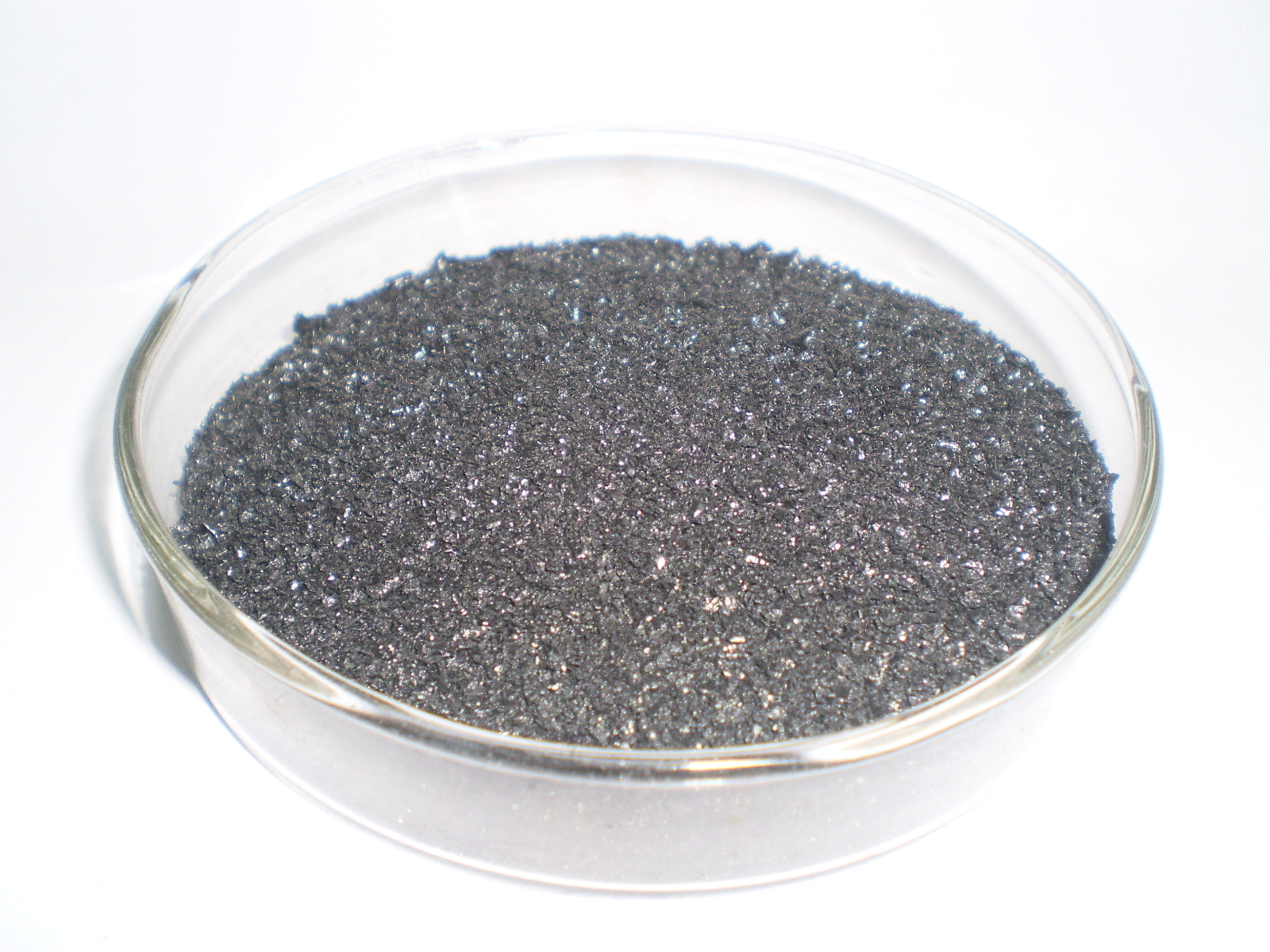Humic Acid
Humic acid is a principal component of humic substances, which are the major organic constituents of soil (humus), peat, coal, many upland streams, dystrophic lakes, and ocean water.
It is produced by biodegradation of dead organic matter. It is not a single acid; rather, it is a complex mixture of many different acids containing carboxyl and phenolate groups so that the mixture behaves functionally as a dibasic acid or, occasionally, as a tribasic acid. Humic acids can form complexes with ions that are commonly found in the environment creating humic colloids. Humic and fulvic acids (fulvic acids are humic acids of lower molecular weight and higher oxygen content than other humic acids)are commonly used as a soil supplement in agriculture, and less commonly as a human nutritional supplement. As a nutrition supplement, free form (unreacted)
Fulvic Acid
Fulvic acid is found in a liquid form along with mineral colloids。 Fulvic acids are poly-electrolytes and are unique colloids that diffuse easily through membranes whereas all other colloids do not. Fulvic acid supplements consisting of a neutral pH are very weak fulvic compounds and do not deliver the benefits of free form fulvic acid (fulvic acid that remains unreacted with other substances or unboundto minerals) that exhibits a much higher concentration and lower pH[citation needed]. Fulvic acid branded as “ionic” is not free form fulvic acid, more accurately they are fulvic compounds or fulvate salts. According to the International Humic Substances Society all fulvic acids are colloids.
Humic Acid Formation and description
Humic substances are formed by the microbial degradation of dead plant matter, such as lignin. They are very resistant to further biodegradation. The precise properties and structure of a given sample depend on the water or soil source and the specific conditions of extraction. Nevertheless, the average properties of humic substances from different sources are remarkably similar.
Humic substances in soils and sediments can be divided into three main fractions: humic acids, fulvic acids, and humin. The humic and fulvic acids are extracted as a colloidal sol from soil and other solid phase sources into a strongly basic aqueous solution of sodium hydroxide or potassium hydroxide. Humic acids are precipitated from this solution by adjusting the pH to 1 with hydrochloric acid, leaving the fulvic acids in solution. This is the operational distinction between humic and fulvic acids. Humin is insoluble in dilute alkali. The alcohol-soluble portion of the humic fraction is, in general, named ulmic acid. Gray humic acids (GHA) are soluble in low-ionic-strength alkaline media; brown humic acids (BHA) are soluble in alkaline conditions independent of ionic strength; and fulvic acids (FA) are soluble independent of pH and I.
Chromatography and liquid-liquid extraction can be used to separate the components that make up a humic substance. Substances identified include mono-, di-, and tri-hydroxy acids, fatty acids, dicarboxylic acids, linear alcohols, phenolic acids, and terpenoids.
Chemical characteristics of humic substances
Example of a typical humic acid, having a variety of components including quinone, phenol, catechol and sugar moieties
A typical humic substance is a mixture of many molecules, some of which are based on a motif of aromatic nuclei with phenolic and carboxylic substituents, linked together; the illustration shows a typical structure. The functional groups that contribute most to surface charge and reactivity of humic substances are phenolic and carboxylic groups. Humic acids behave as mixtures of dibasic acids, with a pK1 value around 4 for protonation of carboxyl groups and around 8 for protonation of phenolate groups. There is considerable overall similarities among individual humic acids.[4] For this reason, measured pK values for a given sample are average values relating to the constituent species. The other important characteristic is charge density. The molecules may form a supramolecular structure held together by non-covalent forces, such as Van der Waals force, π-π, and CH-π bonds.
The presence of carboxylate and phenolate groups gives the humic acids the ability to form complexes with ions such as Mg2+, Ca2+, Fe2+ and Fe3+. Many humic acids have two or more of these groups arranged so as to enable the formation of chelate complexes.[6] The formation of (chelate) complexes is an n important aspect of the biological role of humic acids in regulating bioavailability of metal ions.



